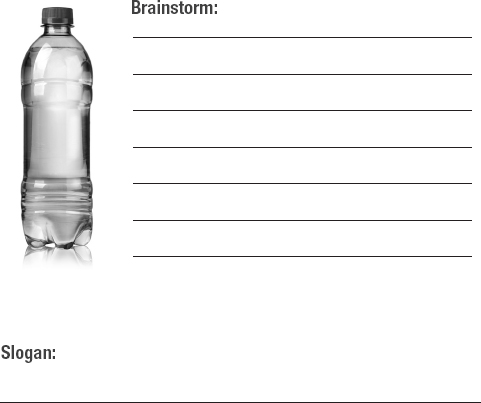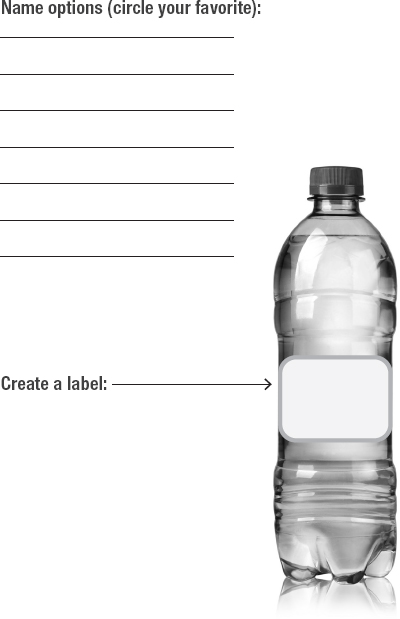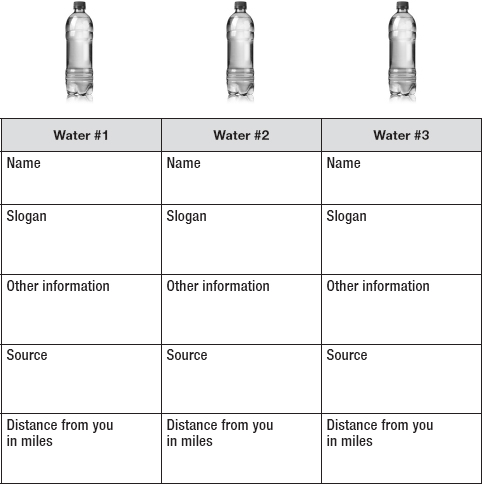Ruby K. Payne - Emotional Poverty, Volume 2: Safer Students and Less-Stressed Teachers
Here you can read online Ruby K. Payne - Emotional Poverty, Volume 2: Safer Students and Less-Stressed Teachers full text of the book (entire story) in english for free. Download pdf and epub, get meaning, cover and reviews about this ebook. year: 2020, publisher: aha! Process, Inc., genre: Romance novel. Description of the work, (preface) as well as reviews are available. Best literature library LitArk.com created for fans of good reading and offers a wide selection of genres:
Romance novel
Science fiction
Adventure
Detective
Science
History
Home and family
Prose
Art
Politics
Computer
Non-fiction
Religion
Business
Children
Humor
Choose a favorite category and find really read worthwhile books. Enjoy immersion in the world of imagination, feel the emotions of the characters or learn something new for yourself, make an fascinating discovery.
- Book:Emotional Poverty, Volume 2: Safer Students and Less-Stressed Teachers
- Author:
- Publisher:aha! Process, Inc.
- Genre:
- Year:2020
- Rating:5 / 5
- Favourites:Add to favourites
- Your mark:
Emotional Poverty, Volume 2: Safer Students and Less-Stressed Teachers: summary, description and annotation
We offer to read an annotation, description, summary or preface (depends on what the author of the book "Emotional Poverty, Volume 2: Safer Students and Less-Stressed Teachers" wrote himself). If you haven't found the necessary information about the book — write in the comments, we will try to find it.
Has teaching ever felt more stressful? External pressures, environmental factors, previous experiences, fear, angerall these and more create stress and tension in the classroom. Emotional distress interrupts and can harmeven destroyeffective teaching, learning, and emotional wellness in teachers and students. But how do these emotions develop in you and your students? The fact is many of us suffer from some form of emotional poverty. Think of it as an absence of emotional resilience or resources. Written for educators, not psychologists, Emotional Poverty, Volume 2 helps you understand and overcome emotional poverty so you can build more effective classrooms and safer schools. Youll get: practical strategies for creating a more emotionally healthy classroom; deeper understandings of adolescent brain development; cues to recognize emotional stress in yourself and students; techniques to develop a students prefrontal cortex and build emotional resilience; tools to overcome your stress, compassion fatigue, or secondary traumatic stress; solutions for dealing with angry, emotional parents and other adults.
Ruby K. Payne: author's other books
Who wrote Emotional Poverty, Volume 2: Safer Students and Less-Stressed Teachers? Find out the surname, the name of the author of the book and a list of all author's works by series.

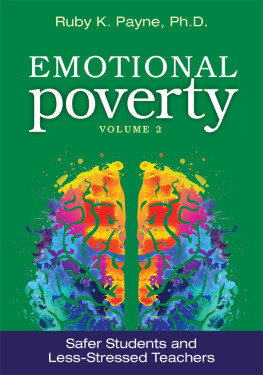


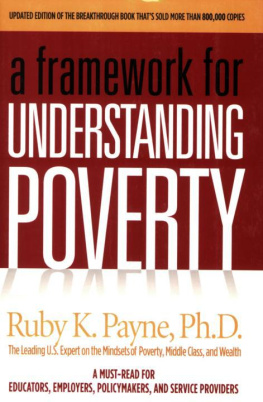
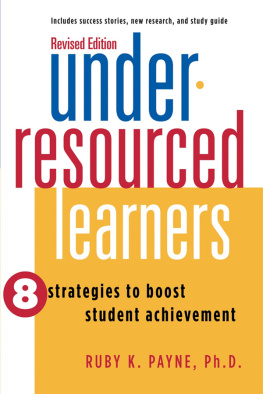
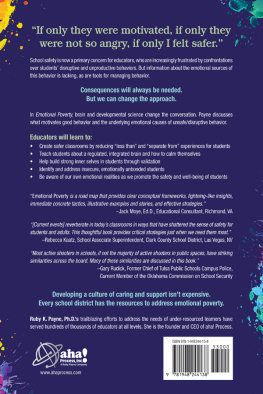
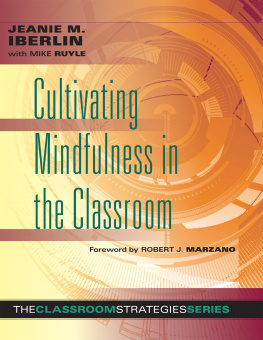
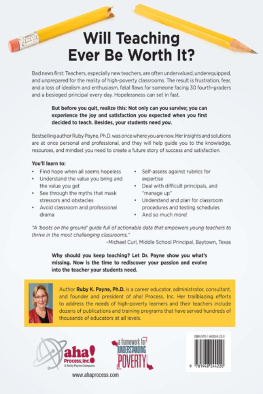

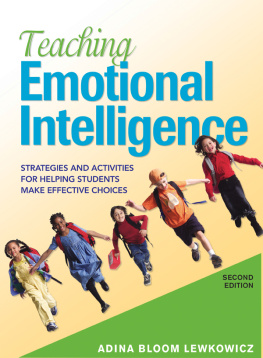
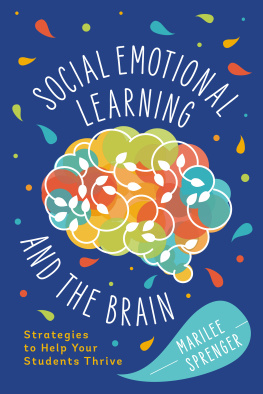
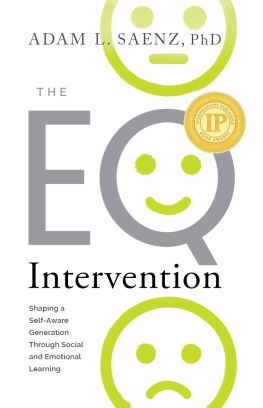
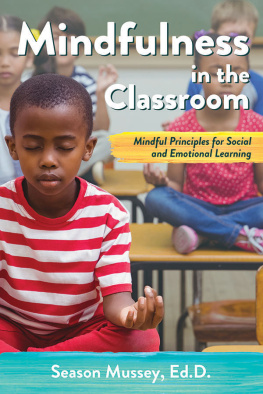













 Name your product (5 points)
Name your product (5 points)

